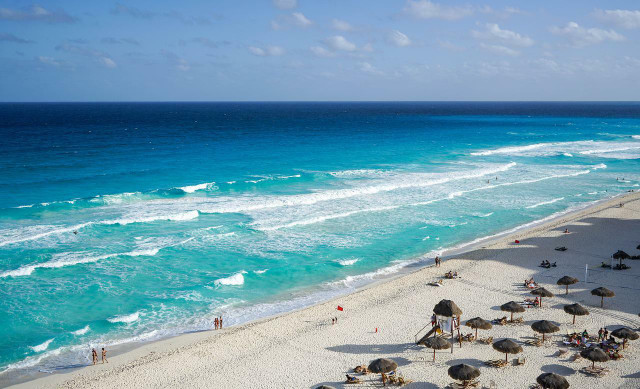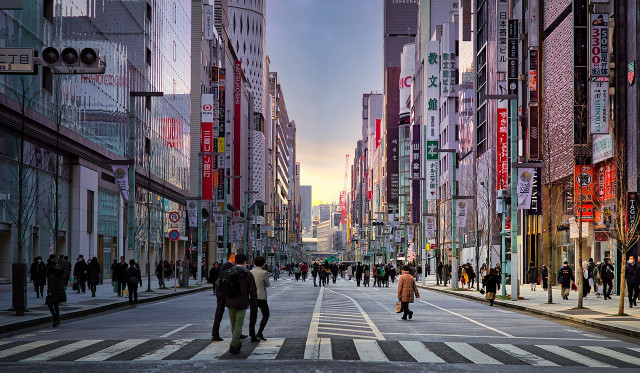Overtourism is a problem governments are dealing with across the world. As an individual, there are several things you can do in order to avoid contributing to this problem.
Overtourism is exactly what it sounds like. When there are too many tourists in a place, it is referred to as overtourism. Overtourism is not something you can assign a number to, because it depends on each location’s economy, resources, culture, and lifestyle. Overtourism can typically be identified by local residents, business owners, and tourists themselves. When the sheer number of tourists starts to have a negative impact on the area, the quality of life of residents, and tourists’ experiences, this is referred to as overtourism.
Overtourism has become more common in the last decade. Of course, the rising general population has directly led to an increase in tourists. Other factors which have contributed to overtourism include the increase in budget airlines providing affordable flights, the increase in accessible and affordable accommodations through services like Airbnb, and social media, which has been used for marketing by travel agencies and destination countries, as well as by individuals who have romanticized frequent traveling.
Interested in learning more? Check out the 8 worst places to visit if you want to combat overtourism.
What's Wrong with Overtourism?

(Foto: CC0 / Pixabay / Michelle_Raponi)
While it may be seen as a generally positive thing that travel has become more accessible to people, it creates problems when everybody is flocking to the same places. When millions of people watch the same TikTok video about a particularly cheap and beautiful vacation hotspot, this can quickly overwhelm locals, their economy, and their environment. Vacation destinations must be able to comfortably accommodate and provide for tourists. Otherwise, tourism is not sustainable. Impacts of overtourism include:
- Environmental Degradation: When there are too many tourists compared to resources, funding, and staff, popular destinations can be destroyed. Beautiful places get covered with litter and wildlife habitats can be severely damaged.
- Strain on Infrastructure and Public Facilities: Similar to local natural environments, public infrastructure can be damaged when overused. Staff members become overworked, buildings get dirty and damaged, and historical sites are not properly taken care of.
- Resentment: When too many tourists visit the same place, locals and tourists alike begin to grow resentful. How do you feel when traveling somewhere during high season? Or how would you feel if your own home was crawling with tourists for several months out of the year? When there are too many tourists, it decreases the quality of life for locals, as well as the quality of experiences for tourists themselves. Overcrowding leads to inaccessible accommodations, packed and sweaty public transport, and difficulty even getting a dinner reservation. That’s not fun for anybody.
- Loss of Culture: Overtourism often leads to the prioritization of tourist needs over those of locals. The government may start allocating more funding toward tourism, rather than toward preserving important cultural sites and landmarks. The rise in tourism creates demand for international corporations like Starbucks and Mcdonald’s, which take away space and attention from local cultural spots.
- Economic Downfall: While many assume tourism is good for local economies, this is only true if it is well-managed and sustainable. Overtourism can hurt the economy by driving up costs and leading to job loss. When destinations are immensely popular, their land is often bought out by big corporations. Money spent by visitors to these places, such as resorts and big restaurants, does not stay within the local economy. Profits are seen at an international headquarters thousands of miles away, while local facilities are shut down due to the competition.
- Increased Cost of Living for Locals: The more tourists, the more demand for food, accommodations, clothing, site visits, and more. Prices are hiked up due to the overwhelming number of tourists, hurting locals as well.
- Gentrification: The buying-out of land by outside corporations and individuals, downfall of the economy, and increased cost of living all push locals off of their lands and out of their homes. This is seen all over the world. Hawaii, for example, has seen homelessness and social issues exacerbated by the tourism industry.
Avoiding Overtourism



(Foto: CC0 / Pixabay / djedj)
- Be a Responsible Tourist: Follow local laws, be respectful of natural environments, treat people with kindness, and tip well!
- Avoid Corporate Tourism: Spend your money intentionally when going on vacation. Avoid corporate resorts, restaurants, and activities. Try to stay at bed and breakfasts, go out to local eateries, and buy from small grocery stores. This ensures that your money stays in the local economy and benefits the residents there.
- Do Your Research: Before planning a trip, look into the destination and figure out how you can have a positive impact while visiting. Research certain attractions and locations to make sure they are ethical, responsibly managed, and maintained. This means avoiding problematic places like the Tiger Temple in Thailand. You may also want to avoid historically overrun destinations such as Machu Picchu, Mount Everest, and Rome. Look online to see if tourists are welcome. Hawaii residents, for example, are asking people not to visit due to the negative effects of overtourism.
- Venture Out From the Beaten Path: Try going places that are less popular. Avoid big cities and check out the countryside and villages. This is a great way to see some beautiful natural environments and get away from the crowds.
- Stay Local: Visit places not too far from you. Take a train trip through the US, visit your friends in nearby cities, or do some backyard camping.
- Travel During the Off-Season: If there are certain places you really want to see but they are flooded by tourists, consider visiting during the off-season. Prices will be lower, it will be easier to get around and do what you came to do, and you won’t be causing such a strain on the locals.
Read more:
- What Is Eco-Tourism? Definition, Examples and Long-Term Impact
- 5 Animal Attractions You Should Skip This Vacation
- 12 Practical Tips for Minimalist Living: Make Your Life Easier
Do you like this post?







